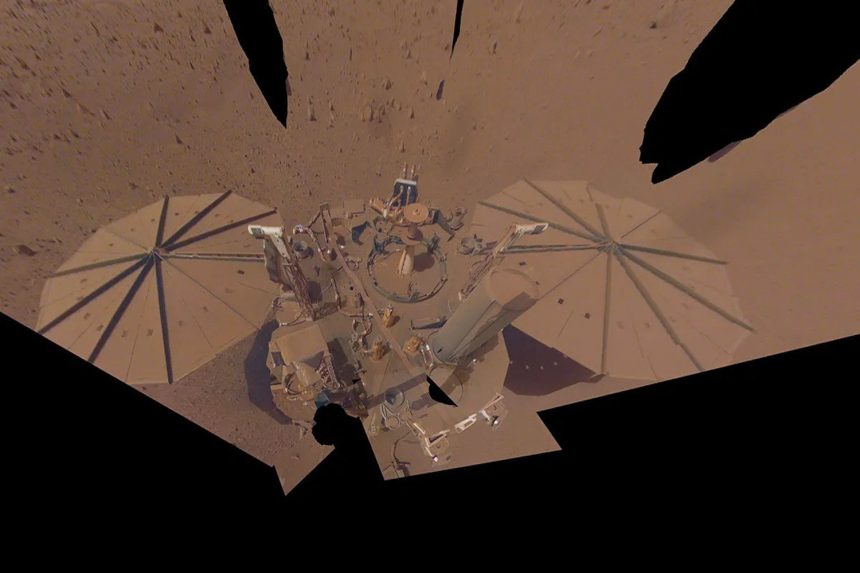New Insights into Martian Water Through Seismic Data

Recent seismic data collected from NASA’s retired InSight lander provides compelling evidence suggesting the existence of liquid water beneath the surface of Mars. This groundbreaking discovery adds a significant layer to our understanding of the Red Planet’s geology and hydrology, indicating that conditions may be more conducive to life than previously thought.
Evidence from Seismic Activities
The analysis focuses on the speed of seismic waves recorded during various tremors experienced on Mars. These seismic waves, influenced by subsurface liquids, convey crucial information about the internal structure and composition of the planet. The results from these measurements imply that there could be reservoirs of liquid water hidden beneath layers of Martian soil.
A New Era in Martian Exploration
This revelation emphasizes a pivotal moment in planetary science, as researchers have long speculated about water presence based on surface features and ice detection at polar caps. With solid evidence pointing to liquid water sources, scientists are now poised for deeper investigations into whether microbial life could exist in these potentially habitable environments.
The Significance for Future Missions
Understanding where and how much liquid water is available will be vital for future exploratory missions to Mars. This factor plays an essential role not just for scientific inquiries but also for human colonization efforts and sustainable extraterrestrial habitation strategies. As we advance our technologies in space exploration, pinpointing accessible resources like water can significantly enhance mission logistics.
Conclusion: Unlocking Mars’ Secrets
The findings originating from NASA’s InSight mission reveal key insights into Martian hydrology that may transform our exploration endeavors as we seek answers about potential life beyond Earth. As ongoing studies continue to shed light on this enigmatic planet, scientists are optimistic about what they might uncover next regarding its geological processes and capabilities.





